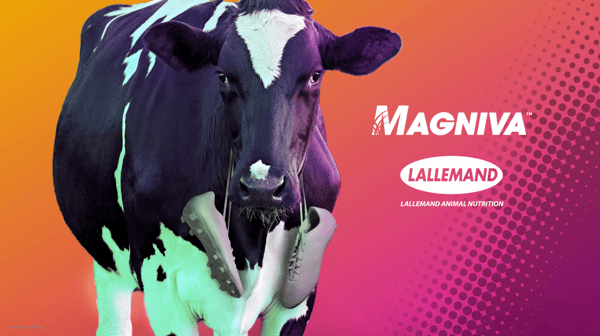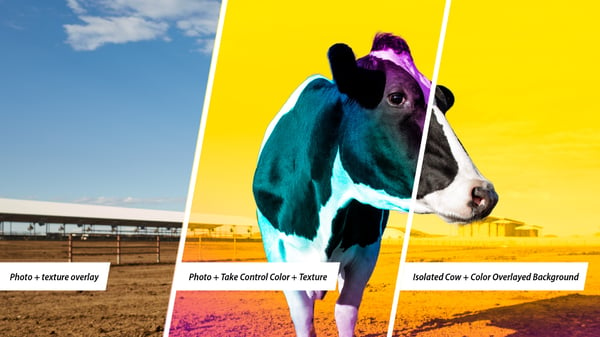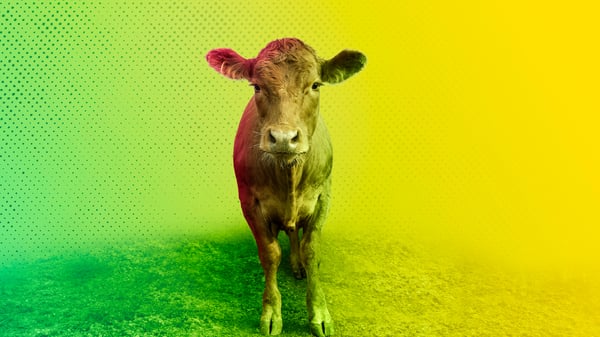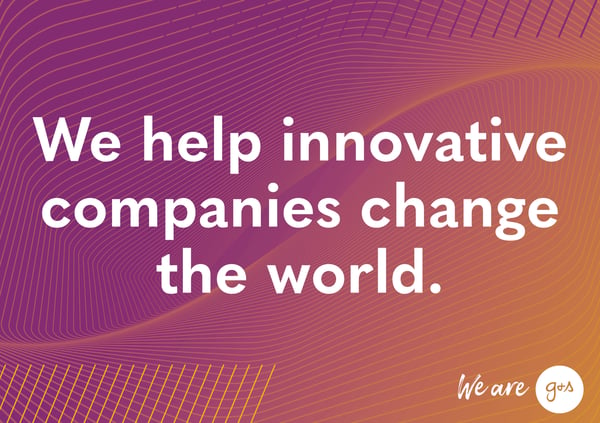We all have boundaries we set for ourselves: personal space, work-life balance, social filters and, these days, the literal six-foot buffer zones we maintain in public spaces. Boundaries are meant to establish what can be done and what that next step is. Good or bad, they serve as our comfort zone between what we know we can do and what lies beyond.
However, the idea of a comfort zone presents an inherent dichotomy. We may feel safe and secure within a set of hard boundaries, but without challenging them, we cannot grow – and if we can’t grow, we face stagnation. The comfort zone is hardly safe.
For brands, pushing those boundaries poses a unique challenge. The rules and guidelines we create for ourselves are meant to protect the brand, distinguish it from its competition and chart a course for its corporate identity across every piece of collateral. Yet here, too, we risk stagnation without asking ourselves the question: Is it time to question our comfort zone?
Gauge the Appetite for Change
When beginning a design project with our clients, we like to begin by simply asking: what struggles are you facing? This question often unearths a web of challenges pointing back to a single source. Perhaps you are trying to retrofit a mold that has cemented over time but that no longer works for you or your audiences. Or maybe your customer’s needs have changed, and you are no longer offering them an enticing experience.


You can understand the appetite for change by gathering information in new ways. Leveraging social listening tools can help you look beyond your typical metrics to understand what really matters to your audiences. Evaluating the competitive landscape can help you identify areas where you may be falling behind and where you can try new approaches.
For our client Lallemand Animal Nutrition, analyzing its brand image against a landscape of similar companies revealed a challenge in brand identity. The agribusiness company had witnessed tremendous growth over the last 20 years, asserting itself as a global leader in yeast and bacteria products for livestock producers. Yet as its global portfolio grew, the brand needed to evolve with it. Exploring customer impressions of the brand in an exhaustive insights-gathering initiative uncovered the need to establish a new brand architecture, one that could unify the growing portfolio while setting the company apart with a bold new look and feel.


Establish a Cross-Section of Experts
After identifying your root set of challenges, map out your aspirations thinking outside the bounds of conventional goals or company traditions. Gather all your key decision makers in a room and explore what you wish your brand could achieve, freeing yourselves from the boundaries you’ve previously identified. We often bring in a cross-section of experts both to interview and listen: from C-suite leaders to sales representatives, designers and social media managers. What a goal or challenge says on paper is often slightly nuanced from what comes out in conversation, adding color to your vision through diverse voices and perspectives.
With Lallemand, the team knew that it needed to inspire internal stakeholders to accept and embrace a new shared brand while also maintaining the unique image they had curated for individual products in the portfolio. By facilitating brainstorming sessions and collaborative discussions, G&S encouraged the team to seek a bolder aesthetic that would give the brand unmistakable visual impact. We also sought to build flexibility into the branding with a range of colors and attention-grabbing design choices. Broadening these boundaries would give each team the space to explore, resulting in creative executions from different groups – all unique, but all consistently tied back to the core MAGNIVA brand.

Land on Your Point of Inspiration
As you progress along this discovery journey, you’ll find a single point of inspiration – or a group of moments that weave together to present a solution. It may be a data point from your market research, a story from a customer, or a discussion among your team members. Ask yourself: at prevailing themes emerged? How can you harness this inspiration as your purpose for pushing the boundaries of what your company has done before?
The inspiration for Lallemand stemmed from its core audience of dairy farmers. Among our discussions with the team, one concept rose to the top, transcending the myriad of cultures and regions represented in the company’s portfolio: performance. Dairy cows need to perform at a high level – much like elite athletes. Unlike their human counterparts, however, they must do so on a daily basis.

Tapping into this inspiration, we pushed the boundaries visually. The activations showcased dairy cows and cattle in brightly-colored, boldly-patterned environments, with strong typeface, sharp copy and subtle hints to athletic metaphors. Leveraging a global communications model, we then empowered regional marketing teams to localize the advertising and marketing materials, allowing the brand to speak in a unified voice but with many unique accents that showcased its diverse culture.
Pushing Our Own Boundaries: The G&S Story
At G&S, we reached an inflection point with our brand a few months ago. Over the course of nearly 50 years in business, we had woven a rich tapestry of voices and experiences, yet we realized that our brand fell short of reflecting this. Our goal was to create a brand palette that could be flexible enough to represent all the diversity – of thought, image, tone and perspective – that we strive for in our own business. To create that flexibility, we needed to challenge our traditional viewpoints and step outside the comfort zone of the existing brand book and visual guidelines.

In expanding the bounds of our brand identity, we uncovered new insights, shared new stories and found new ways to engage our people in the agency to which they give so much of their time and talent. While it was logistically impossible to obtain each individual’s input across our agency, we made an effort to engage cross-functional teams in the creation of our brand, tapping into the diverse skillsets among our various internal groups and offices. Rather than defining the brand from the top, we took the time to investigate the rich fabric of stories that made our G&Sers proud of the work that we do, basing the new G&S around what our people believed the brand should be. We sought to amplify these stories by placing them front and center on the new website, offering new visitors a window into agency life and giving G&Sers a sense of pride in their leading role in our work.
The inspiration in this effort came directly from our people. We are more than a public relations firm, digital agency or creative shop. We are a team of researchers, media strategists, storytellers and engagement experts that meet our clients at the intersection of business and communications. We are a group of individuals who are passionate about our purpose: to help innovative companies changes the world.
In execution, we prioritized employee engagement, ensuring feedback channels for people to offer their responses and reactions to the new brand, inviting ongoing input into how we can continue to push boundaries. A new feature, Meet G&S, highlighted a few G&Sers each month, celebrating employees at every level – not just the leadership team. In a pivot from our traditional sales process, we also armed every employee with the toolkit to serve as a brand ambassador for G&S, empowering them to speak confidently about the work we do for our global clients. The new G&S seeks to involve everyone in building, growing and celebrating a shared sense of pride in a brand that represents all of us.
At G&S, we challenge ourselves to grow and evolve, knowing that holding fast to comfortable barriers can prevent us from achieving our full potential. As we push boundaries outward, we invite new ideas, fresh perspectives and more diverse groups into our midst
It’s that kind of confident risk-taking that fuels progress, innovation, inclusion – and, ultimately, business growth.